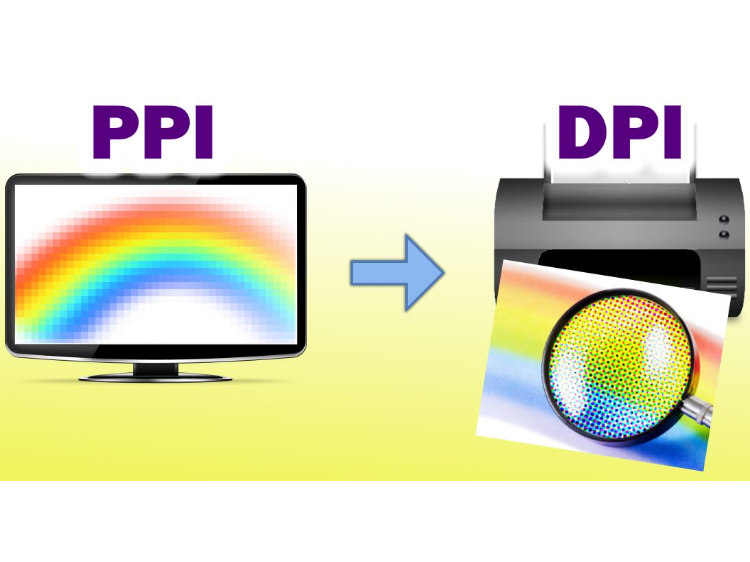In cameras and image processing, DPI (dots per inch) and PPI (pixels per inch) are two terms that are often mentioned, but their meanings and applications are different.
1.PPI (Pixels Per Inch)
Definition: PPI is a unit that describes the resolution of display devices (such as monitors, mobile phone screens, tablets, etc.), which refers to the number of pixels contained in each inch of display area. In other words, the higher the PPI, the clearer the image details of the display.
Application in cameras: The images taken by the camera are essentially composed of pixels. PPI is related to the display effect of the images taken by the camera, especially when you enlarge the photos or view them on a high-resolution screen. The higher the PPI, the more delicate the display effect of the photos.
For example, a photo with a resolution of 4000×3000 pixels, assuming that it is set to 300 PPI (standard printing resolution) when printing, means that there will be 300 pixels on each inch of printed paper.
2.DPI (Dots Per Inch)
Definition: DPI is a unit that measures the resolution of printing devices (such as printers), which refers to the number of dots that can be printed per inch. It is usually related to the precision of the printing device, indicating how accurately the printer can print the image.
Application in cameras: DPI has no direct relationship with the camera itself, but it is closely related to the print quality of the image. When you print out the image taken by the camera, DPI determines the resolution of the printer on the paper. For example, 300 DPI is generally considered to be the standard for printing high-quality photos.
For example, if you have a 3000×2000 pixel photo and you want to print it to a size of 8×6 inches, the DPI setting of the printer will affect the quality of the final print. If you choose 300 DPI, the image will be printed more delicately; if you choose 72 DPI, the print will appear blurry and pixelated.
3.Summary of the differences
PPI is mainly used to describe the resolution of the display device, that is, the number of pixels displayed per inch on the screen, which affects the display effect of the image on the electronic device.
DPI is mainly used to describe the resolution of the printing device, that is, the number of dots printed per inch by the printer, which affects the printing effect of the image on the paper.
Suppose you take a high-resolution photo with a size of 4000×3000 pixels: If you display this image on a display with 300 PPI, the image will be very clear. If you print this image on an 8×6-inch paper and use a 300 DPI printer, there will be 300 printed dots per inch, and the image will remain clear.

